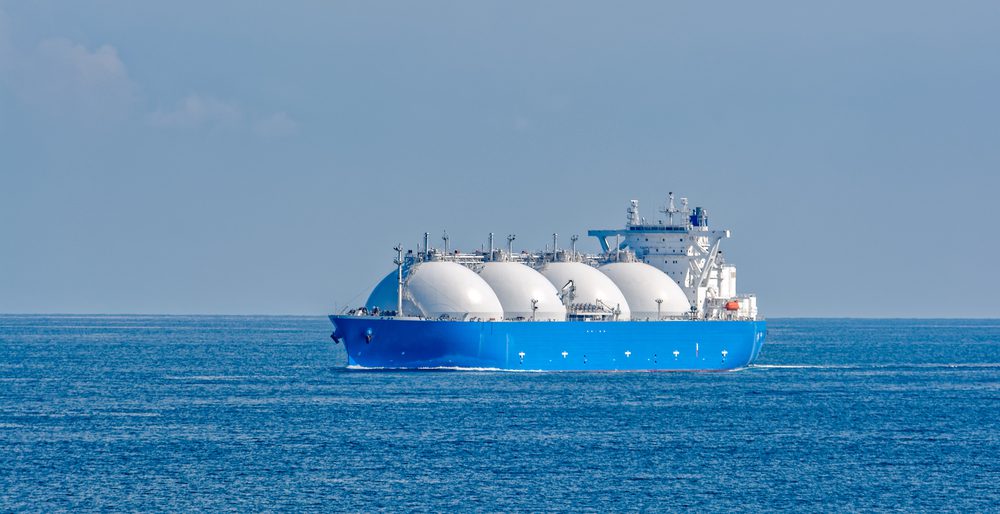
Image credit: Igor Grochev / Shutterstock.
Liquefied natural gas (LNG) shipping rates have plummeted to multi-year lows due to a combination of factors, including oversupply and weak demand.
A surge in new LNG tanker construction, driven by expectations of increased US exports, has outpaced the growth in LNG production. As a result, there is a surplus of available ships, which is driving down freight rates.
Additionally, weaker-than-expected demand for LNG in Europe and Asia has further contributed to the decline in rates. With ample storage capacity in Europe and a lack of arbitrage opportunities between regions, there is less need for vessels to transport LNG.
Analysts predict that LNG freight rates may remain low until late 2025, when new liquefaction projects are expected to come online. However, delays in these projects could further exacerbate the oversupply situation.
As the market adjusts to this new reality, shipping companies will need to adapt to the changing dynamics and find ways to optimize their operations to remain profitable.
